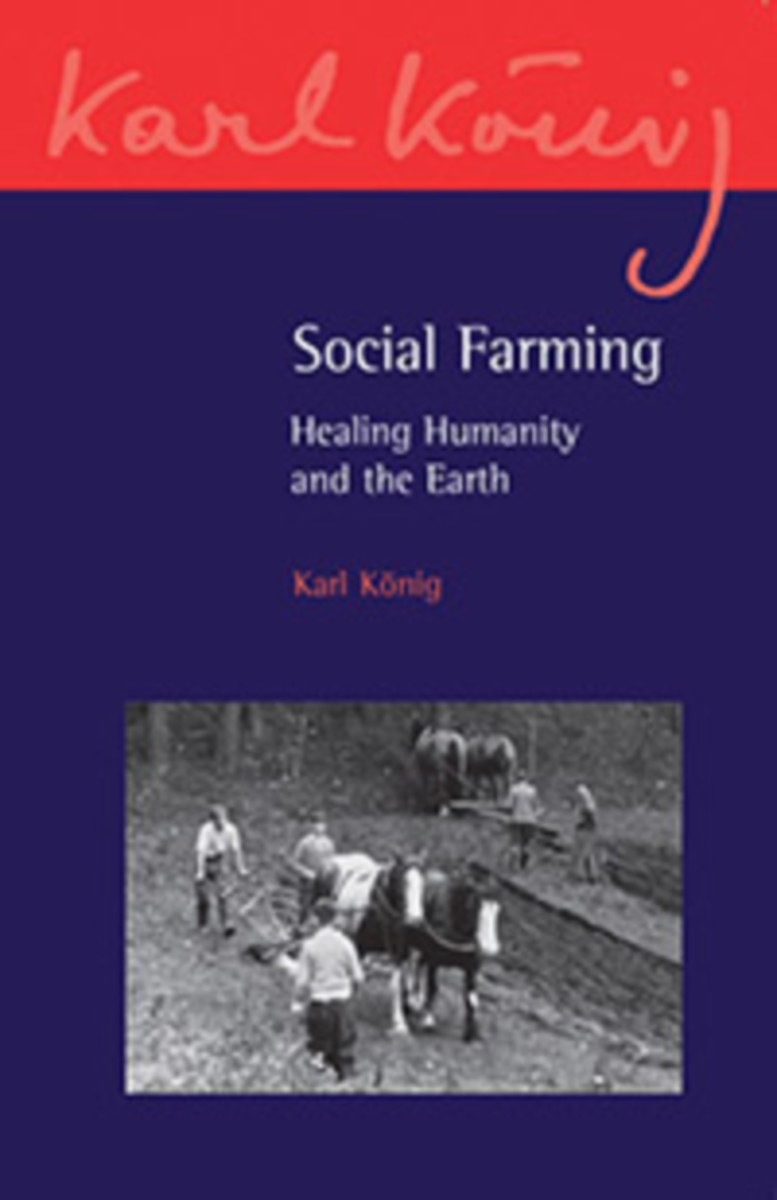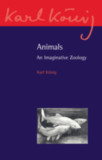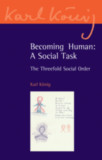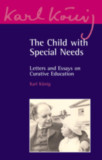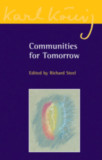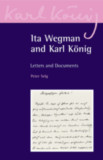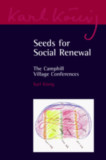Revised by Richard Steel and Simon Blaxland-de Lange
Series edited by Richard Steel
Contributions by Peter Selg and Alfons Limbrunner
Translated by Simon Blaxland-de Lange
- Publisher
Floris Books - Published
9th May 2014 - ISBN 9781782500582
- Language English
- Pages 240 pp.
- Size 5.5" x 8.5"
“The task is to create a form of social life by which the soil, the plants, the animals are in harmony with each other.” —Karl König
König was deeply concerned for the relationship between our Earth and humanity, as well as how landscape, plants, and animals contribute to that relationship. This book presents sixteen lectures and essays by König that explore the interconnections among biodynamics, domestic animals, elemental beings, and many other aspects of farming and agriculture, all the while searching for ways that harmony and balance can be achieved in relation to human needs.
This book includes a revised edition of material previously published in Earth and Man.
C O N T E N T S:
Karl König Ideals for Healing the Individual, the Earth, and Social Life, by Richard Steel
The Therapeutic Impulse of Koberwitz, by Peter Selg
Agriculture and Camphill
The Sheaths of the Preparations
Deer and the Formation of Horns and Antlers
Insect and Plant
Human Beings and Domestic Animals
Bibliography
Index
Karl König
Dr. Karl König (1902–1966) born on September 25th 1902 in Vienna, Austria, the only son of a Jewish family who owned a shoe shop. He studied zoology, biology, and medicine at the University of Vienna, graduating in 1927. During his studies on embryology, König encountered the works of Rudolf Steiner through Goethe's scientific writings. He immediately identified with Steiner and was soon acquainted with a number of his followers, including Ita Wegman.
Upon graduation, König was offered several high-profile positions in Vienna, but instead accepted an invitation from Ita Wegman to join her clinic in Arlesheim, Switzerland.
König's time at the Clinic would shape the Camphill movement. It was here that he met his wife and co-founder, Tilla Maasberg, and it was here that he first witnessed the Advent Garden. During this festival, during which children with learning disabilities circle a spiral of moss, lighting a candle from a large central beacon, he promised to dedicate his life “to the care and education of these children.”
Following his time at Arlesheim, König moved to Germany and was involved in founding the Pilgramshain Institute—one of the early curative educational (therapeutic) centers based on anthroposophy. However, due to the political pressure of the Nazi regime, König was forced to leave Germany in 1936. He returned to Vienna, where he operated a successful medical practice and led anthroposophic study groups until 1938.
Fleeing Austria after Nazi annexation in 1938, König became part of a small group of doctors, teachers, and artists to be granted political asylum in the United Kingdom in 1939. König moved to Aberdeenshire, Scotland, where this group founded a home for children with learning disabilities, which became the beginning of the Camphill movement. After World War II, more schools were established, as well as curative education villages for adults with disabilities, based on the ideal of working together as a community.
In the following decades, König's Aberdeenshire community grew and expanded into Britain, Europe, and North America, becoming the Camphill movement we know today. During this period, König worked tirelessly to help children and adults with special needs through publications, talks, and seminars—as well as by establishing communities around the world.
Karl König returned to Germany in 1964 and began yet another community, this one near Überlingen, on Lake Constance (Bodensee), where he died in 1966.


